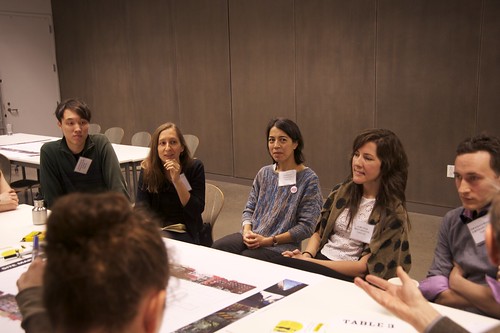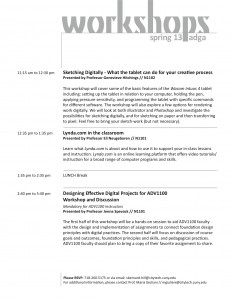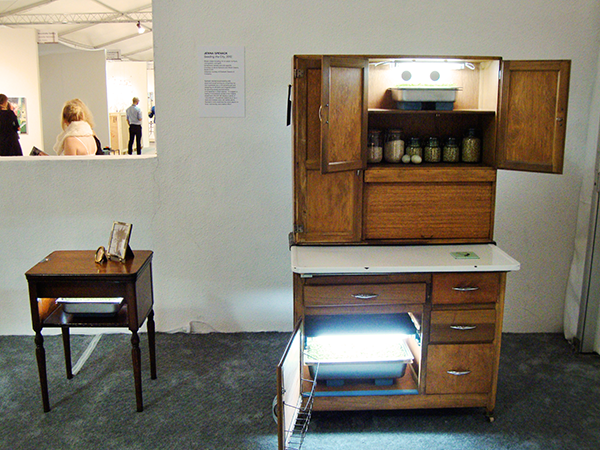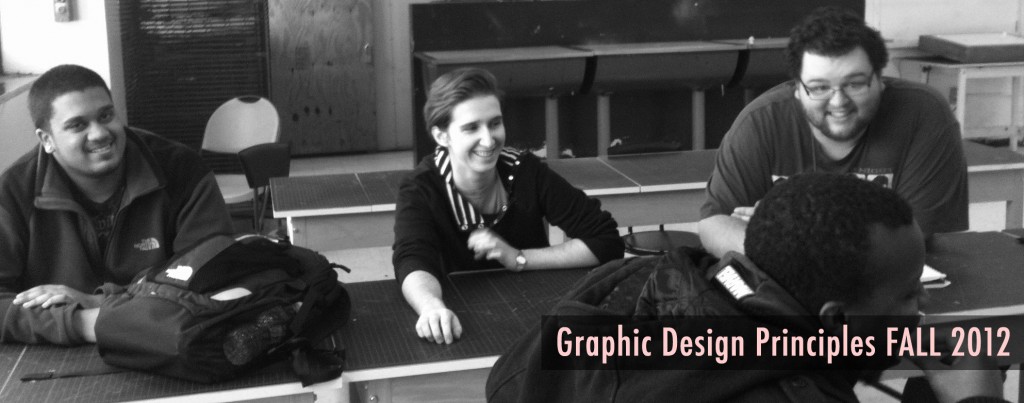“It is not enough to be industrious; so are the ants. What are you industrious about?”
– Henry D. Thoreau 1857
I’ve stayed at City Tech for the last 11 years, because I love teaching and I love the students and faculty I am honored to work with. When I look back on those years and reflect on the amount of time I’ve spent doing administrative work, I am saddened that I couldn’t have spent more of that time working with students or working on my own scholarship. Like a few of my colleagues, I have started to keep track of the hours I spend doing administrative tasks.
I’ve been told that the College administration takes pride in the College’s low administrative overhead and that this allows the College to hire more full-time faculty. A good thing, but…
The full-time faculty at City Tech currently carry a 24 hour teaching workload (more than other Senior Colleges in the CUNY system). The standards for scholarship that contribute to tenure and promotion have recently increased, but the time allocated for scholarship has not. Without sufficient administrative support those tasks land on the desks of an already over-burdened full-time faculty. This means less time we can devote to students and research.
The Self Refection that I am writing here is a part of a larger document the “Professional Activity Report and Self‐Evaluation”, which all faculty must compile each academic year. Working on this document has already taken up 10 hours of my time and I have yet to collect all the documentation required. It is due in three days. I certainly see the value in this document, but the unrelated Scholarship report that was due on Friday, the four faculty observations that I must complete in the next week, and numerous other administrative tasks that need to be completed for the Department or College push me to a point of feeling like I have a dangerous number of plates in the air.
At the end of most semesters the full time faculty you run into at City Tech looks as though they have just run a marathon. Response to the question “How are you?” is rarely joyful, it’s an exasperated “busy, too busy.” They are trying to juggle numerous committees and commitments for the department, the college and the university — time for students and research is increasingly pinched. Not only does this affect our ability to commit quality time to students and our own research, it also affects our families, health and emotional well-being.
Being busy is glorified, as a recent article in the Huffington Post addressed. And in the NYT a few years ago. This blogger wrote about the subject and pointed a NYT article “The Island Where People Forget to Die,” which I had read a couple years ago. I seriously contemplated leaving NYC altogether after reading it.
Busy is not the same as productive and for most it is certainly not happy, healthy and at peace.
Many people say, “well, you’ve got the summer’s off” but the amount of “busy” that many of us must shoulder during the school year is not equaled in pay and often takes away from teaching – the very thing we came here to do.
How does this tie into a self-reflection on teaching, scholarship and service?
I’ve done a ton of amazing things this year at City Tech. I should list them and reflect on them, but I’m too tired.
I have high standards for myself and maybe I should accept the time that it takes is the time that it takes. As I get older and realize I’ve been running a marathon for 11 years, without real time for sufficient creative reflection or thought, I wonder if the way we busy is the way we distract ourselves – trying to out-busy death.
Next year I will aim for less.







